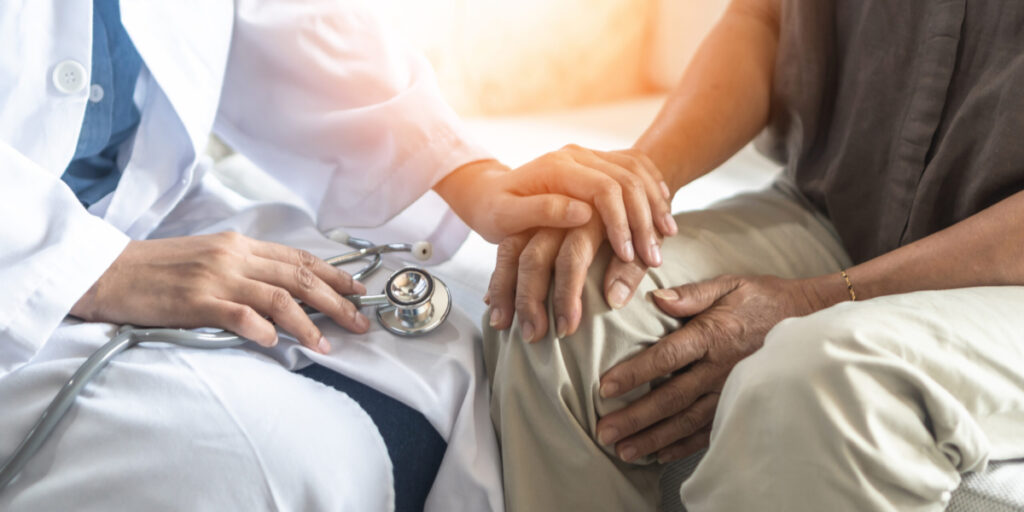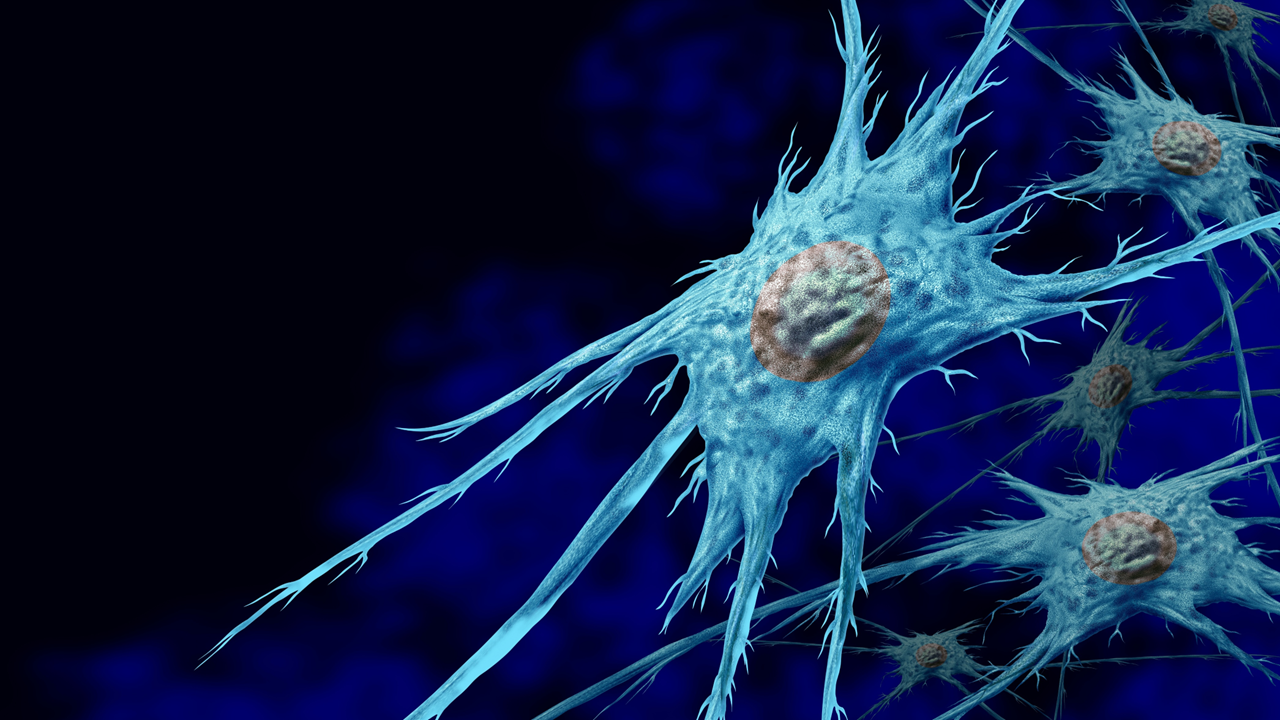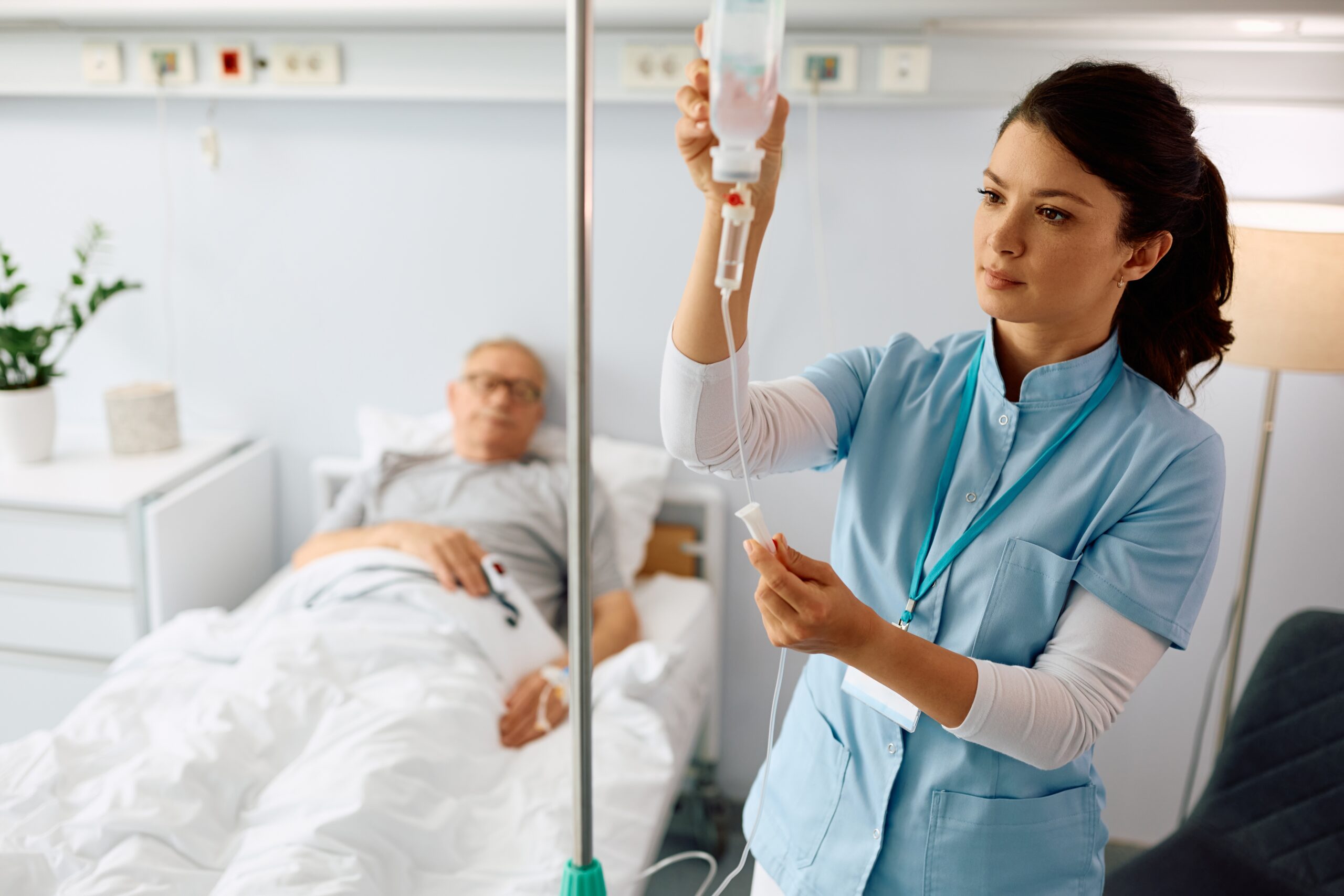April is Parkinson’s Awareness Month, and Parkinson’s disease organizations across the world work to bring awareness to the disease through education and raising funds for studies investigating Parkinson’s disease. World Parkinson’s Day is on April 11th, and is an opportunity to further raise awareness, celebrate those with the disease and those working in the field to advance our understanding of it, as well as bring together communities affected by Parkinson’s disease.
The first World Parkinson’s Day was in April 1997, organized by Parkinson’s Europe and co-sponsored by the World Health Organization (WHO). The date commemorates the birthday of Dr. James Parkinson, who first recognized Parkinson’s disease as a medical condition.
Parkinson’s disease is a progressive brain disease that causes uncontrollable movements in those affected, including shaking, stiffness and issues with balance and coordination. The disease gradually worsens over time, eventually limiting people’s ability to walk and talk, and causing mental and behavioral changes.
Studies have found that Parkinson’s disease affects more men than women, but women have higher mortality rates and experience faster disease progression. Most people typically develop Parkinson’s disease after the age of 60, and early onset forms of Parkinson’s disease are often inherited, though some forms may be linked to genetic mutations or exposure to environmental toxins like pesticides. It is one of the fastest growing neurological diseases globally due to increasing aging populations.
The pathophysiology behind Parkinson’s disease is the death of neurons in the basal ganglia, the area of the brain that controls movement. These neurons produce dopamine, so their death results in lowered dopamine production and subsequently movement issues. Additionally, Parkinson’s disease results in the loss of nerve endings that produce norepinephrine, which is a messenger of the sympathetic nervous system that controls heart rate, blood pressure and other basic functions.
XTALKS WEBINAR: Parkinsonian Symptoms — Capturing a Comprehensive Picture with Fit-for-Purpose Assessments
Live and On-Demand: Wednesday, April 26, 2023, at 11am EDT (5pm CEST/EU-Central)
Register for this free webinar to learn how digital assessments and enabling technologies help gain a comprehensive understanding of Parkinsonian symptoms — reflective of importance to patients — across motor, cognitive and behavioral impairments.
What You Can Do on World Parkinson’s Day
On World Parkinson’s Day, people around the world come together to raise awareness about Parkinson’s disease. Examples of activities that are easy to take part in include online awareness campaigns, webinars, attending conferences, helping with fundraisers and more.
Last year, several groups including the PD Avengers and the Parkinson’s Foundation, among others, collaborated and created a logo for World Parkinson’s Day — “The Spark”. The Spark is inspired by dopamine, the neurotransmitter depleted by Parkinson’s disease. The creators aim for the new logo to energize the Parkinson’s disease community, and The Spark can be used on World Parkinson’s Day promotional materials, campaigns and communications.
What is The Theme for World Parkinson’s Day 2023?
The theme of this year’s World Parkinson’s Day and Parkinson’s Awareness Month is #Take6ForPD. This theme acknowledges the fact that every six minutes, someone is diagnosed with Parkinson’s disease in the US. The hashtag encourages people to take six minutes to raise awareness for Parkinson’s disease.
The parkinson.org website lists several ways to help with Parkinson’s disease education, research and care. Some listed activities include joining a global genetics study to help find a Parkinson’s disease cure (PD GENEration), signing up for educational webinars, reading a Parkinson’s disease publication, listening to the Substantial Matters: Life & Science of Parkinson’s podcast, or calling a Parkinson’s disease helpline to receive help from a nurse or health educator with any questions about the disease.
Promising Treatments for Parkinson’s Disease
Although there is currently no cure for Parkinson’s disease, there are combinations of medications, surgical treatments and other therapies that can relieve symptoms in patients. For example, levodopa is an oral medication given to replenish the supply of dopamine in the brain, as it is the precursor to dopamine. Other enzyme inhibitors can be taken to increase the amount of dopamine in the brain by slowing down enzymes that degrade dopamine, like monoamine oxidase-B (MAO-B) inhibitors. Anticholinergic medication can help reduce tremors and muscle stiffness.
The pharmaceutical company NeuroDerm has taken the “gold standard” treatment of levodopa combined with carbidopa and developed ND0612, a self-administered and subcutaneous infusion of the medications delivered continuously via a novel pump system. This system was designed to be user-friendly for people with Parkinson’s disease. Switching to an infusion can overcome the disadvantages of the oral treatment, such as low gastrointestinal absorption and narrow therapeutic window. By avoiding the stomach entirely, there is increased bioavailability and more sustained relief from symptoms. ND0612 is currently in Phase III of clinical development and is supported by four years of safety data.
In terms of novel treatment options, the ASPro-PD Phase III trial is investigating ambroxol’s (ambroxol hydrochloride) potential to slow the progression of Parkinson’s disease. Ambroxol is a cough medicine in the mucolytics family (thins and removes mucus from airways). The two-year study will involve about 330 individuals with Parkinson’s disease across 10 to 12 clinical centres in the UK. Participants will take ambroxol during this time and its efficacy will be measured through movement and quality of life scales.












Join or login to leave a comment
JOIN LOGIN